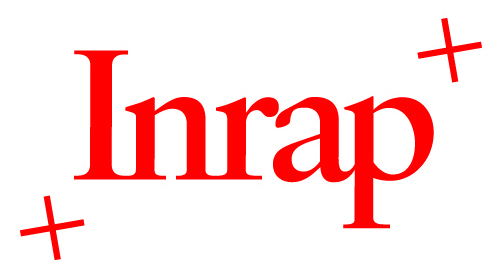Multi-scale archaeogenetic study of two French Iron Age communities: From internal social- to broad-scale population dynamics
Résumé
Ancient DNA (aDNA) research can address anthropological questions at both the broad continental scale to provide elements of discussion regarding ancient human population dynamics and the very small spatial scale to document population social functioning. In the present study, we propose an original approach combining local- and broad-scale issues, applied to two contemporaneous groups dated from the Late Iron Age period and originating from Northern France. Our analyses targeted uniparental markers (mitochondrial DNA (mtDNA) and the Y chromosome) and permitted the characterization of 43 maternal and 17 paternal lineages for the Urville-Nacqueville necropolis (UN) as well as 27 maternal and 19 paternal lineages for the Gurgy ‘Les Noisats’ (GLN) tumulus. Data in hand provided a unique opportunity to document Gallic communities' genetic diversities and discuss their internal social dynamics as well as their genetic affinities with other ancient European groups. At the local scale, our study first highlighted patrilocal residence rules and patrilinearity for these Gallic groups, in concordance with textual sources and archaeological data. Second, the gene pool characterization indicated that the UN necropolis welcomed a more cosmopolitan community than did the GLN tumulus and that the funerary space organization in the UN was correlated to the genetic structuration of the community. These local scale characteristics were put into perspective for broad-scale discussions and highlighted different genetic affinities of the UN and GLN communities with ancient European groups. Both communities appeared inserted in distinct exchange networks that may have been responsible for the slight differentiation of their maternal gene pools. Finally, we demonstrated that the sub-groups encountered in the UN necropolis (maternally differentiated) presented very distinct genetic affinities with ancient or contemporaneous human groups from other Western European regions. Consequently, our study reinforces the idea that the identification of genetically differentiated groups within archaeological sites and discussion concerning their specific composition constitute a clear prerequisite before addressing broad-scale phylogeographical issues.
Domaines
Archéologie et Préhistoire
Origine : Fichiers produits par l'(les) auteur(s)




